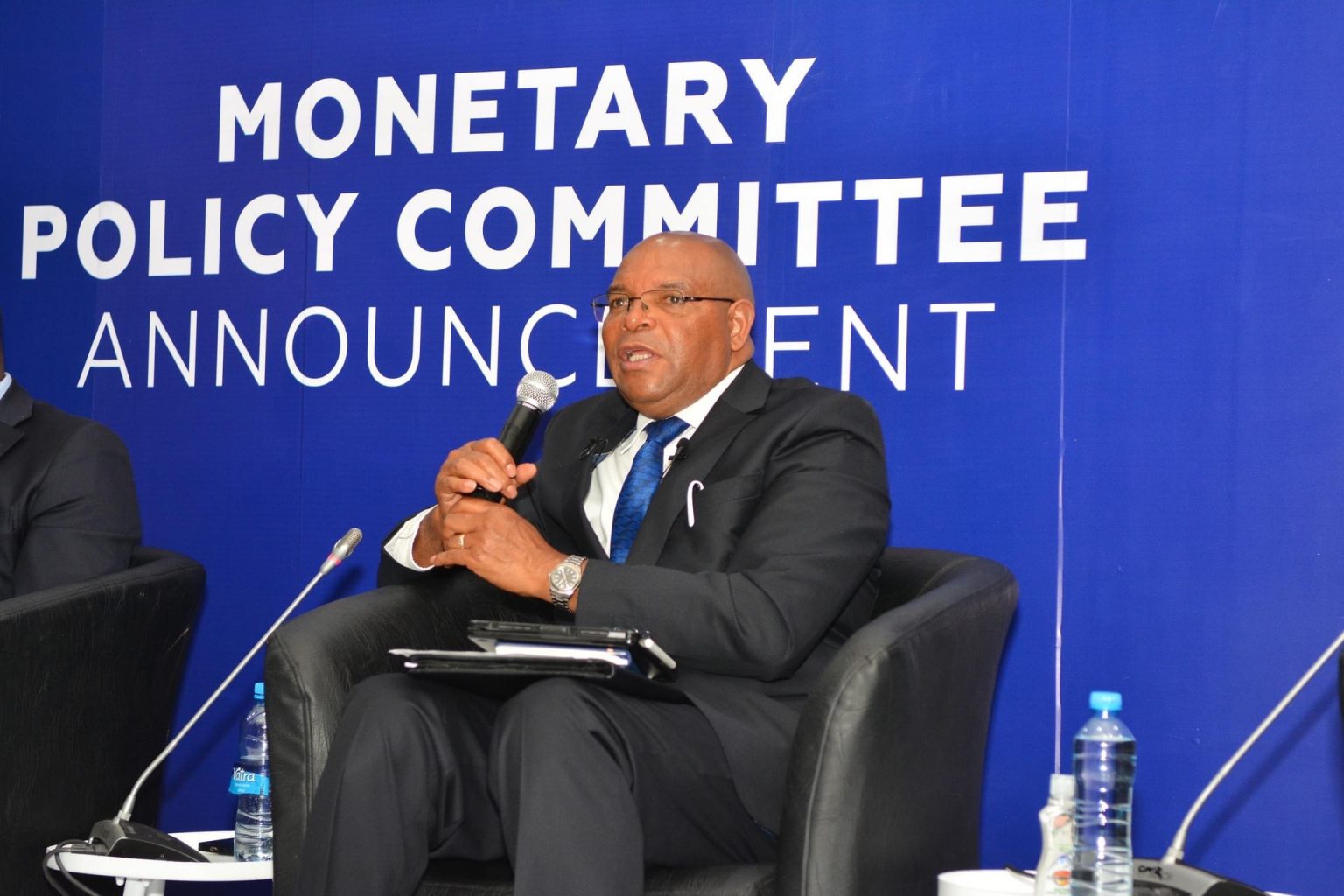The Bank of Zambia has decided to hike the benchmark interest rate by 100 basis points to 11.0% in its ultimate meeting of the year. This is the fourth rate hike which is aimed at stemming rising inflationary pressures. This was announced by central bank governor Dr. Denny Kalyalya in the capital Lusaka. Citing the hike, was the need to curb rising price pressures from both food and non-food sources which have been threatening realignment efforts to tame it within the 6-8% target band. Kalyalya cited currency depreciation as another key driver of fuel prices contributing to cost push effects while climate risk factors continue to weigh food prices.
READ ALSO: Zambia’s Central Bank Pulls the Cash Lever 250 points Higher to Curb Notorious Currency
This action, comes a day after the central bank announced a further 250 bps upward hike to 17.0% effective Monday 27 November. The Southern African nation continues to face a plethora of risks threatening both price and macroeconomic stability. The Governor cited exogenous factors from tighter global monetary policy, geopolitical tensions and rising price pressures which have fed into the domestic economy through import inflation and exchange rate pressures.
Zambia’s foreign exchange market sustained excess demand from manufacturing and energy sectors which has depreciated the currency by a quantum of 10.9% to K23.3 per unit of dollar between September to date at a time when supply remains constrained especially from the mining sector. Zambia’s mining sector is expected to post 14 year low growth accounting for a 10.0% decrease in copper production. The strengthened dollar index given global uncertainty fueling its demand as a safer haven asset has also given the Kwacha a negative. cue
The Bank of Zambia, in 3Q23 sold $173 million against $256 million from mining taxes which are lower than in previous periods weighing supply. Reserves have slightly increased to $2.9 billion at 3.2 months of import cover at the end of September compared to $2.7 billion representing 2.9 month of cover. The increase was attributed to the IMF extended credit facility $188 million, mining taxes and some market purchases.
Zambia continues to boast of a free float regime with no black market signaling the absence of manipulation or devaluation of its currency as other peer nations have done recently to adjust to macroeconomic conditions.
“I dare any of you to share if you know of any black market for dollars in Zambia, we don’t,” Kalyalya said during reading of the MPC communique.
Compared to global peers, Kalyalya reported that most countries have not met their inflation targets and are still in a monetary tightening cycle, a high interest rate era.
Despite the current monetary stance, domestic outlook is bright with positive debt restructure prospects from externalities such as credit rating agencies that are on the verge of adjusting the issuer ratings higher after the restructure completes.
The Kwacha Arbitrageur

